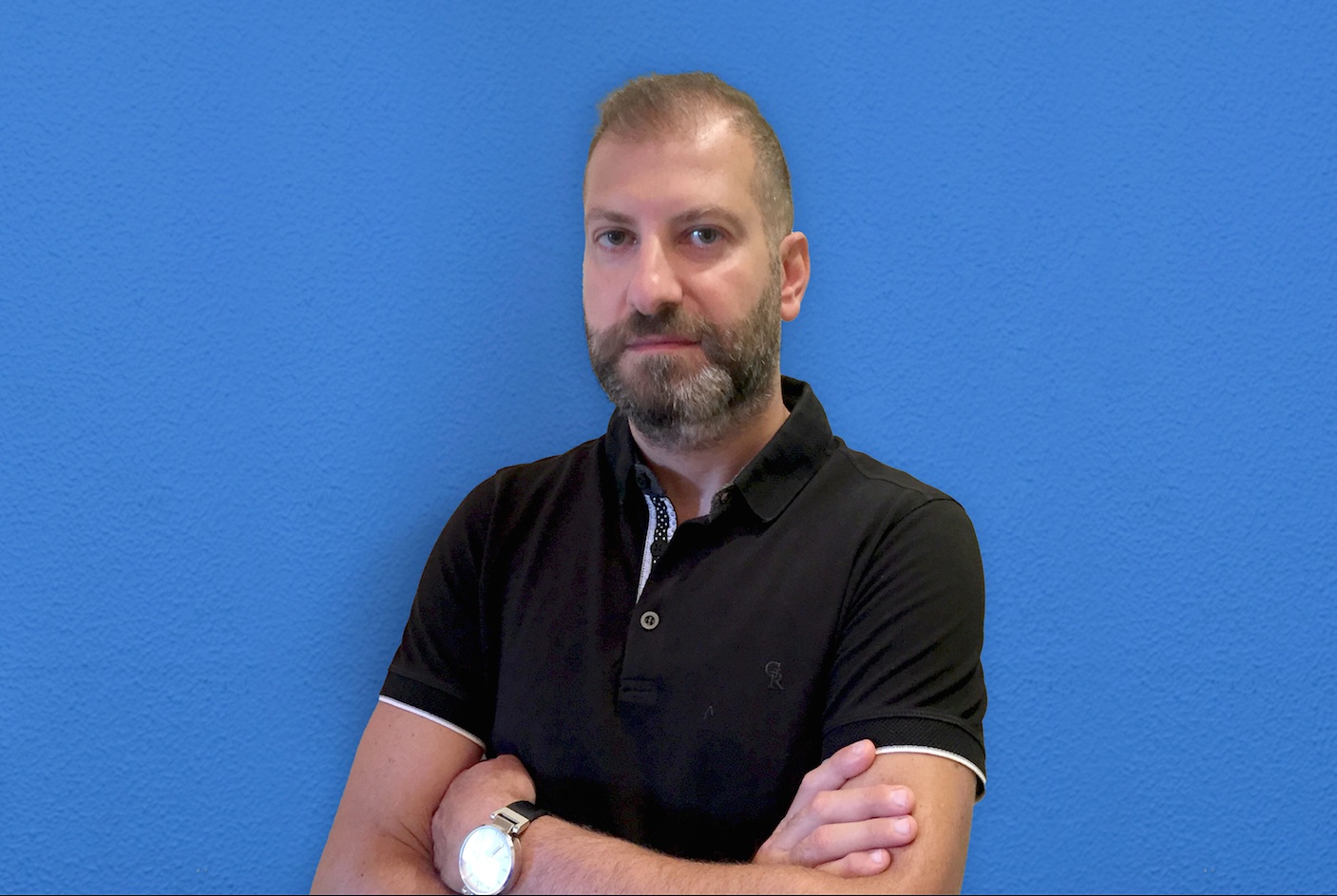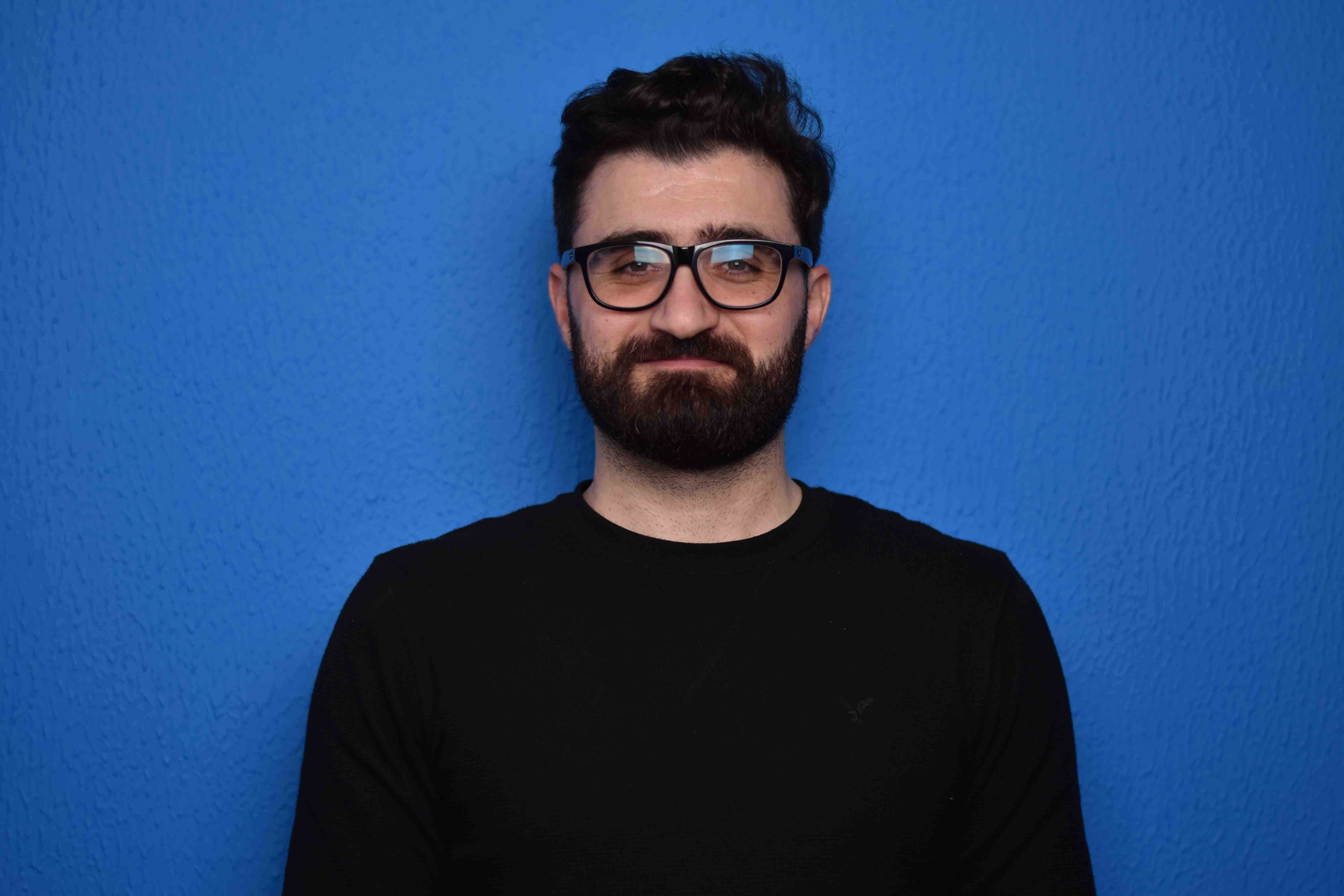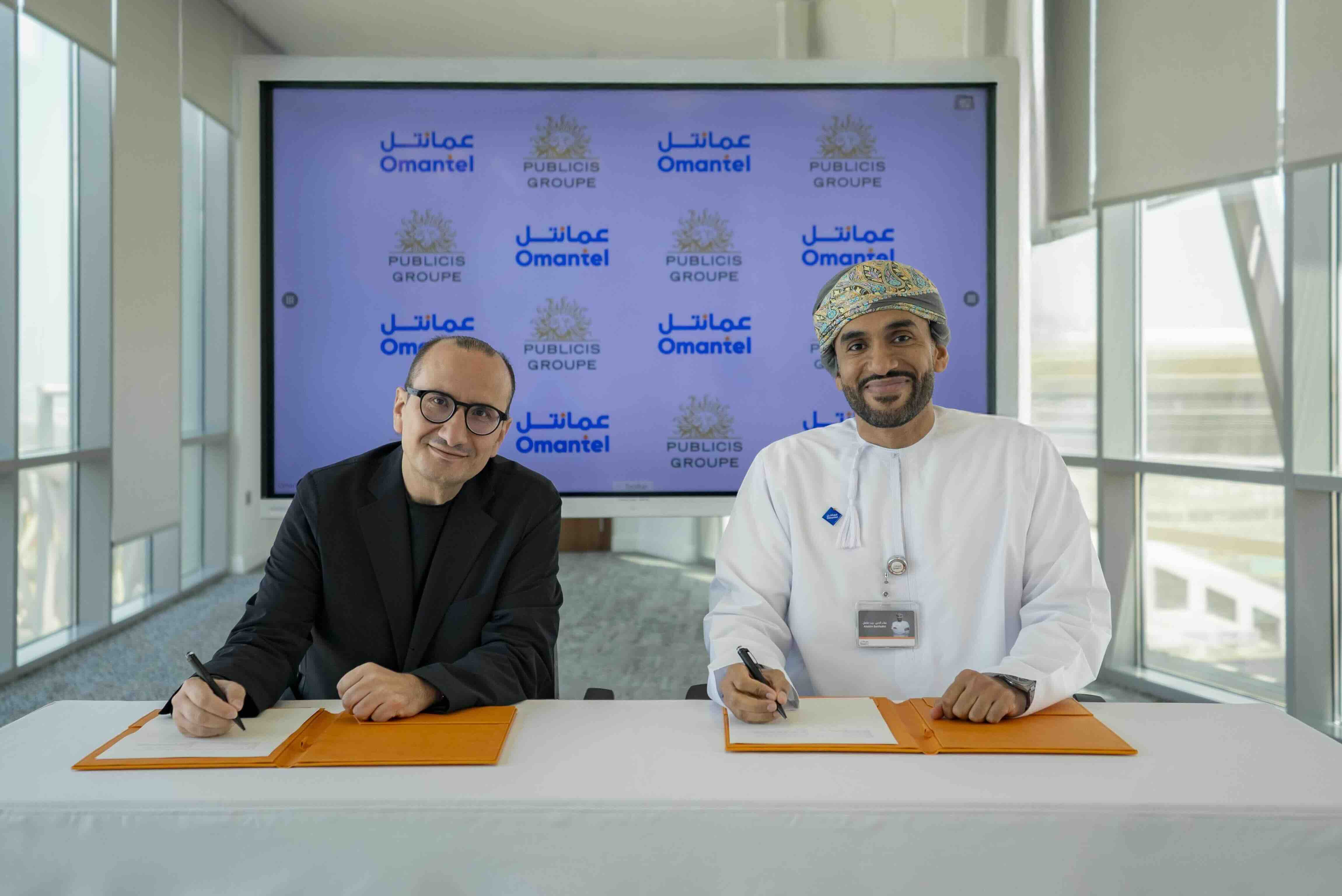News - Digital/Tech
Mindfield Digital, on the emerging areas in digital advertising
February 13, 2022
.jpg) Advertisement
AdvertisementThe events of 2020 forced shifts in strategy and mindset that no one in the world of marketing, advertising and media could have imagined before the year began. How have you dealt with this digital acceleration and managed to adapt and expand your digital know-how?
Mohamed Kebbe: Due to the COVID-19 crisis and the worsening economic situation that took a toll on the country last year, we’ve all changed the way we operate and drastic changes were forced on us.
For most digital marketers, the business impact of the pandemic has been negative; whereas for others, it has been positive. Many reduced their specific activities while others rescaled or reinvented themselves.
We, at Mindfield Digital, have learned how to adapt and take advantage of the situation by developing a well-maintained process that has facilitated the whole activity. We have implemented solutions for successful remote work, to stay connected and share ideas. We have even planned for the worst; a contingency plan was ready to be implemented by relocating abroad.
We have all worked together for one objective, which is to keep the workflow running while maintaining the same efficiency and high standards that we used to apply before the crisis.
The social web equips advertisers with significantly more consumer data points than ever before to improve the targeting and relevance of their campaign. Where does an agency like yours come in and what can you offer that brands’ marketers can’t solely do?

Mohamed Kebbe: Advertising on social media gives marketers the advantage to connect with their target audience, engage with the users and create a two-way communication, which is not actually applicable in traditional media. You can reach your target audience by age, gender, behavior and interest etc. At Mindfield, we mainly focus on advanced targeting tactics to reach our desired audience with the right message at the right place and time. We use efficient technologies and tools for optimization and reporting to deliver the best results based on the objectives given. Our insightful recommendations and business insights are key in our data analysis process and reports that we provide our partners after each campaign that we manage. We provide quality solutions to take the business to the next level.
Another thing that has changed is that the agency sector is now more about digital, data and analytics. It’s less reliant on people and more reliant on technology. What’s your take on this?

Ahmad Hawilo: I’ll start by saying that there’s a misconception in relying less on people and more on technology. In reality, there’s less reliance on people with generic skills and more reliance on people who can utilize data, analytics and technology to their advantage in order to help brands gain a competitive edge in a digital landscape that’s becoming more crowded by the day. Therefore, the agency sector is not less reliant on people, it’s simply reliant on a type of people that’s a little niche but growing in numbers as we speak.
Would you say that digital marketing is the most effective way to market a business today, and that traditional marketing is simply dead?
Ahmad Hawilo: Traditional marketing has been on life support for a while now. It is clinically dead but kept alive by markets who haven’t migrated fully into digital. In our region, for example, traditional market hasn’t gone away yet; however, the market is heavily shifting towards digital. One reason, the pandemic. Another reason, young entrepreneurs and young business owners who understand the importance of digital marketing and weaving it into their business strategies from day one.
Measuring the effectiveness of what type of marketing that brands are adopting is a bit tricky, what I can say with full confidence is that we can keep track of digital marketing data a lot more effectively than traditional marketing which helps us to adjust and alter brand strategies more efficiently; hence, influencing ROI much more effectively.
Another angle to look into is that digital marketing is more accessible to all brands on the budget spectrum. You can advertise your small grocery shop on Instagram with a minimal budget. Or you can spend millions on a campaign for your new fashion lineup utilizing ads, influencers, etc. That level of accessibility to all businesses is something traditional marketing could never achieve.
Lastly, the world is shifting heavily into digital, i.e. The Metaverse, NFTs, cryptocurrencies, etc. If traditional marketing isn’t dead yet, it soon will be.
What are the top advertising and marketing trends affecting today’s digital landscape?

Mary-Jane El-Hachem: The digital marketing landscape is constantly changing. There is also no doubt that COVID-19 has affected every aspect of it, leading customers to seek digitalized alternatives that allow them to undertake all steps of the buying process simply through a smartphone.
Fast-growing trends are certainly shaping the future of the digital world.
Personalization: Personalization is evolving into hyper-personalization, allowing brands to tailor their services, products, and communication to each customer. It is no shock that consumers, specifically, Millennials and Gen z, like personalization and seek products and services tailored to their individual needs and interests.
Brands started to notice the advantages of personalization through customer experience and conversion rates. Last year, Kia Motors KSA, launched its 'Live-Stream Showroom' service, which offered personalized real-time video tours. We’ve also seen how McCafé KSA collaborated a few years back with Anghami to create a personalized playlist according to the customer’s mood.
In a nutshell, consumers value personalization, and this allows marketers to reach their goals while building a memorable brand.
A Digital Portal: Interactive content, such as AR & VR games and filters, is dynamic, engaging content that offers users an immersive, memorable experience. When it comes to social media, we’ve seen how Snapchat and Instagram filters/ lenses redefined the world of augmented reality.
Tommy Jeans launched an AR Lens to celebrate the launch of their Looney Tunes collection and drive sales. Snapchatters were encouraged to swipe up and shop the Looney Tunes collection.
Make Up For Ever created a gamified video Lens. Users were able to snap, save, and show the image from the Lens to redeem a gift worth AED 150.
AR & VR are changing the way users experience the world and effectively driving people to easily purchase products. With one tap, users are invited into a digital portal.
Blockchain Technologies: NFTs (non-fungible tokens) shook the world earlier this year. Almost anything can be transformed into an NFT- art, fashion, videos, tweets, songs, virtual real estate, etc. NFTs offer exclusive and unique brand experiences, enhance brand awareness and affinity, create buzz, and open up a whole new revenue stream by selling goods in purely digital form.
We’ve seen how Taco Bell delivered NFTs. The fast-food chain informed Twitter users that it was selling taco-themed GIFs and images. 25 tokens were apparently sold out in 30 minutes.
These past two years, digital transformation became a reality for businesses of all kinds, and there’s no doubt that the pace of digital change will show no sign of slowing down. Businesses are considering and adapting to these trends to stand out and reach their objectives.
Interview conducted in November 2021



.jpg)







